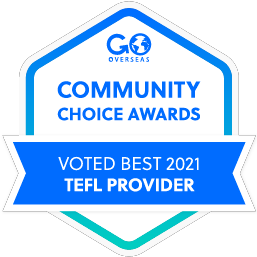
By : Mourad Hanafi
It is a major point of pride for a teacher to see one of his or her students standing before a big audience. Likewise, it is a great accomplishment for a student to showcase his or her talent as a fantastic orator.
Public speaking instruction is one of the activities English teachers focus on, particularly those involved in supervising English clubs. Teaching public speaking to students always provides amazing results in both the short and long run. Once they begin to practice regularly, public speaking helps students learn more about themselves as well as the power and energy they harbour within.
Once a public speaking contest is announced, some students find themselves in uncharted waters, unsure of whether to take part or not. Their pulse quickens as soon as they hear the phrase “public speaking,” and they feel anxious at the mental image of many people watching them speak. This is normal.
If you manage to convince them to participate, they will certainly seeking you after the contest to thank you. This is not necessarily because their speeches went off without a hitch nor because they did well or earned a prize, but rather because they took the bull by the horns and realized that they could do it. That is exactly the kind of achievement that contributes to positive development in adolescent personalities.
Holding public speaking training sessions for students below the university level should not revolve around splashing slide after slide on the wall and lecturing them on the do’s and don’ts they should follow to become skilled public speakers. Rather, teachers must focus on getting students to engage in public speaking in front of their peers.
You can begin by encouraging students to recognize how public speaking can help them in their personal and professional lives, as well as their educational careers. Remind students that the upcoming years will bring lots of projects and presentations that require speaking before both small and large audiences at school, university and the workplace.
In their first contact with the audience, students need useful ice-breakers. Accordingly, train students to get a good start to their speeches by encouraging them to try one of the following tactics: introducing oneself (here the speaker can include false and outlandish information – having PhD in English literature, for example – just to let the audience laugh or at least smile), greeting the audience in a funny way or telling a joke at the expense of oneself (even if it isn’t true since the purpose here is just to break the ice). In fact, there are numerous ways students can start their speeches well. However, try not to push them too far – keep things as simple as you can.
After they know the importance of having an interesting opening (I am referring here to the start of the main speech and not merely ice-breaking), students may take five minutes to prepare a blueprint, either mentally or in writing, for an opening to a speech about a specific topic. Students will then present their work to the class. The other students should listen attentively and their eyes should be focused on the speaker so that they may provide useful comments after the presentation.
When I first assigned my students this activity, I was taken aback by the careful ways they dealt with their openings. Some used smooth transitions, while others kicked off their speeches by asking the audience a question or adopted a guessing technique.
For more practice, it’s highly recommended that students role-play as specific characters, such as a king, a queen or a preacher. You can also randomly call on students to stand in front of their peers and deliver statements that you prepared before class. Here, they will realize how to use one’s voice and body effectively






































